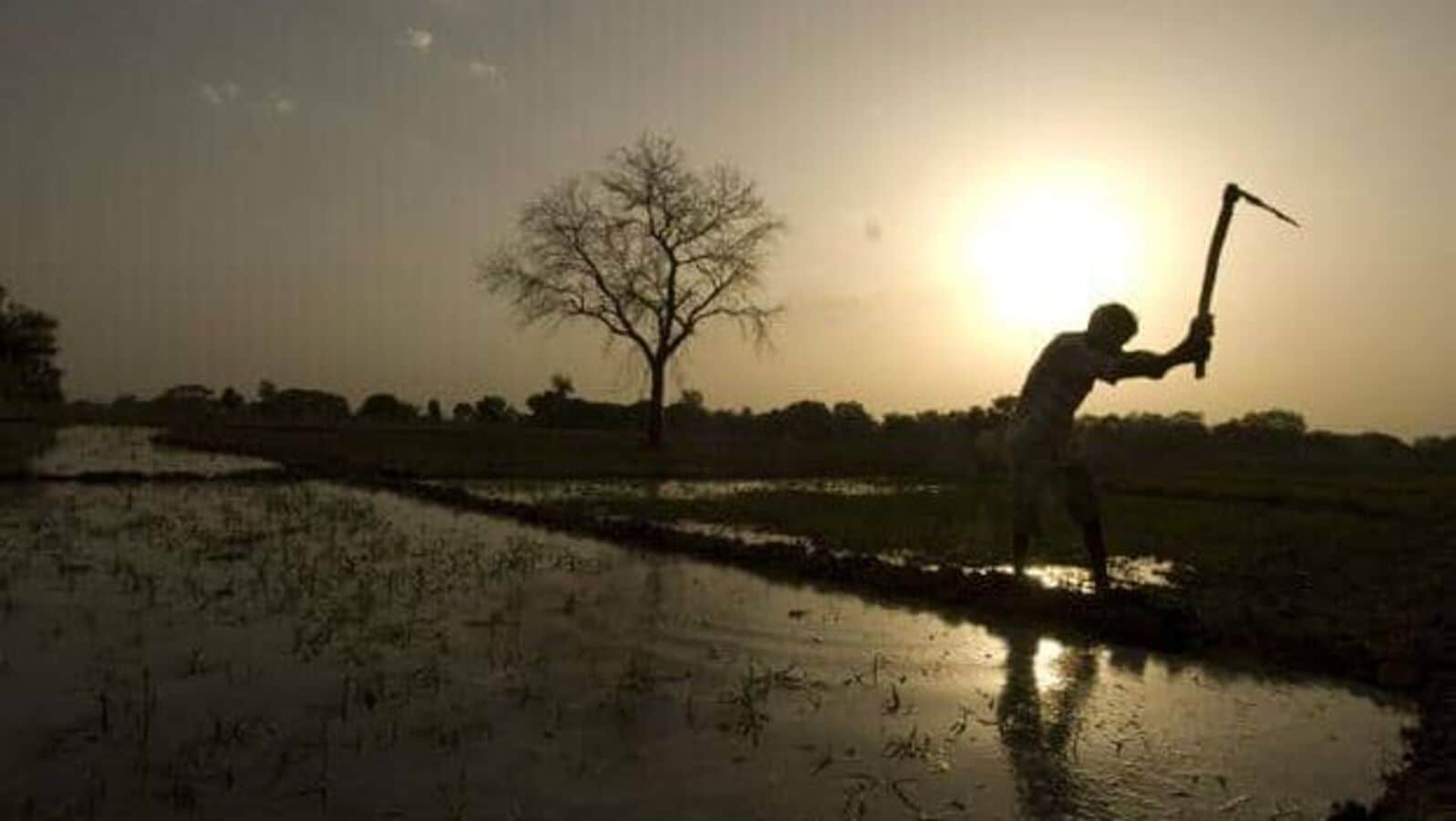The national rural job guarantee scheme that keeps millions of Indians out of penury is unlikely to see a higher allocation in this year’s Union budget, two officials said.
Allocations to the Mahatma Gandhi National Rural Employment Guarantee Scheme (MGNREGS) are likely to be similar to estimates in the interim budget, one of the two officials said. “These allocations can be increased later as per the requirement and demand for jobs in the rural regions,” the person said on the condition of anonymity.
Initial estimates for MGNREGS stand at ₹60,000 crore and ₹86,000 crore for FY24 and FY25, respectively. However, spending overshot estimates in FY24, indicating high demand for rural jobs. While the revised FY24 estimate for MGNREGS stood at ₹86,000 crore, the actual spending touched ₹1.06 trillion, according to data from the rural development ministry.
Approximately 34.25 million individuals sought work under the scheme in June, a 22.5% decrease from a year earlier. Around 27.19 million sought work in May, 14.3% lower than the corresponding period last year. Guaranteed rural jobs are finding takers given stagnant consumption and weakness in FMCG growth in rural areas, according to economists.
Looking at consumption
“One of the reasons for consumption being lower in rural areas than urban is that when we are looking at consumption, we are looking at it more from the point of view of what people are consuming, and 80 crore people getting free foodgrain leading to some disparity. There is a weakness when we look especially at rural consumption and FMCG growth in rural areas. As far as the budget is concerned, we have a conflicting signal. MGNREGS job demand went down y-o-y in May and June, which suggests that activities in rural areas are catching up,” said Devendra Pant, chief economist at India Ratings & Research.
Separately, the budget may announce adding more women to the Lakhpati Didi self-help group (SHG) list, the first person added.
“There is a proposal to include 1.1 million SHG members as Lakhpati Didi in the next five years under the Deendayal Antyodaya Yojana,” said the second official cited above.
The rural development ministry’s Lakhpati Didi scheme aims to empower women and transform SHGs into sustainable income-generating producer organizations. In the interim budget, finance minister Nirmala Sitharaman had raised the target for the scheme from 20 million to 30 million. The interim budget said 8.3 million SHGs comprising 90 million women are transforming the rural socio-economic landscape through empowerment and fostering self-reliance.
On 15 August 2023, Prime Minister Narendra Modi announced the Lakhpati Didi initiative to provide skill training to 20 million married women, helping earn at least ₹1 lakh every year. The first instalment of ₹655 crore was deposited into the bank accounts of beneficiaries in March this year. The government promised to give ₹1,000 per month to more than seven million women under Lakhpati Didi.
Demand to raise allocations
Economists and industry stakeholders have urged the Centre to raise allocations for rural schemes and to provide a boost for housing programme to stimulate consumer demand.
Consumption growth has remained weak since the pandemic. Private consumption grew 4% in the March quarter, up from 1.5% a year ago, though much below the pre-pandemic average of 6.3% in 2019.
Spokespersons and secretaries of the rural development and finance ministries didn’t respond to emailed queries.
“I don’t foresee any change in FY25’s budgetary allocation for rural schemes; it could be as much as was given in the interim budget,” said Madan Sabnavis, chief economist at Bank of Baroda.
“The progress of the monsoon is also satisfactory now. So, there is no need to do anything in NREGA and PM-KISAN—two big schemes on which the government spends more,” he added. A good monsoon takes care of some of the rural distress because the biggest contributor to the income of rural India is still agriculture.
